Email Address
engage@dogtraininginfo.org
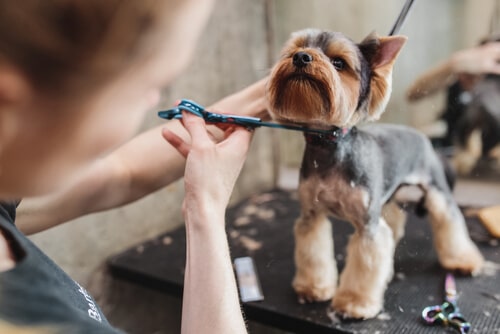
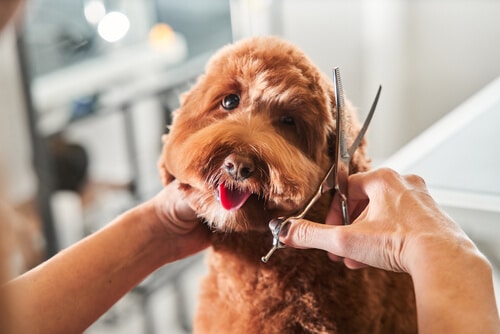
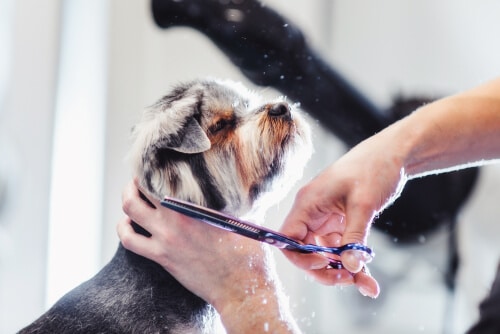
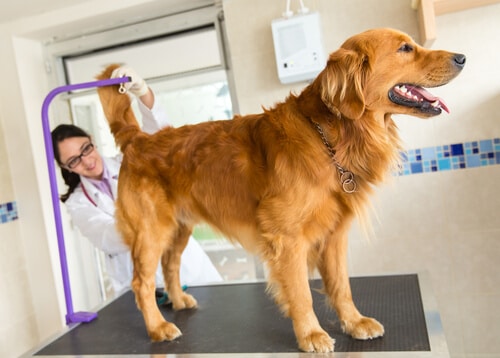
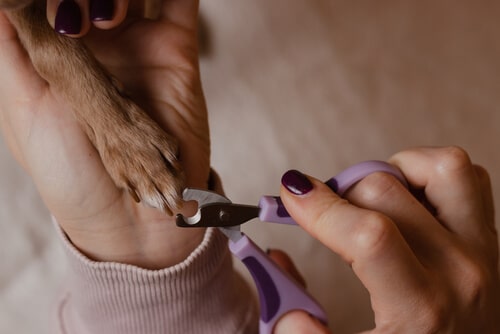

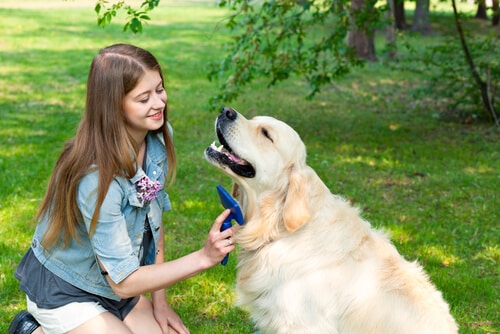
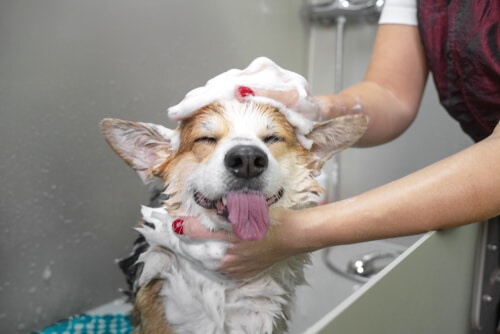
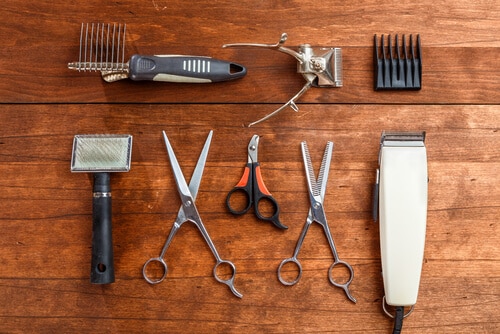
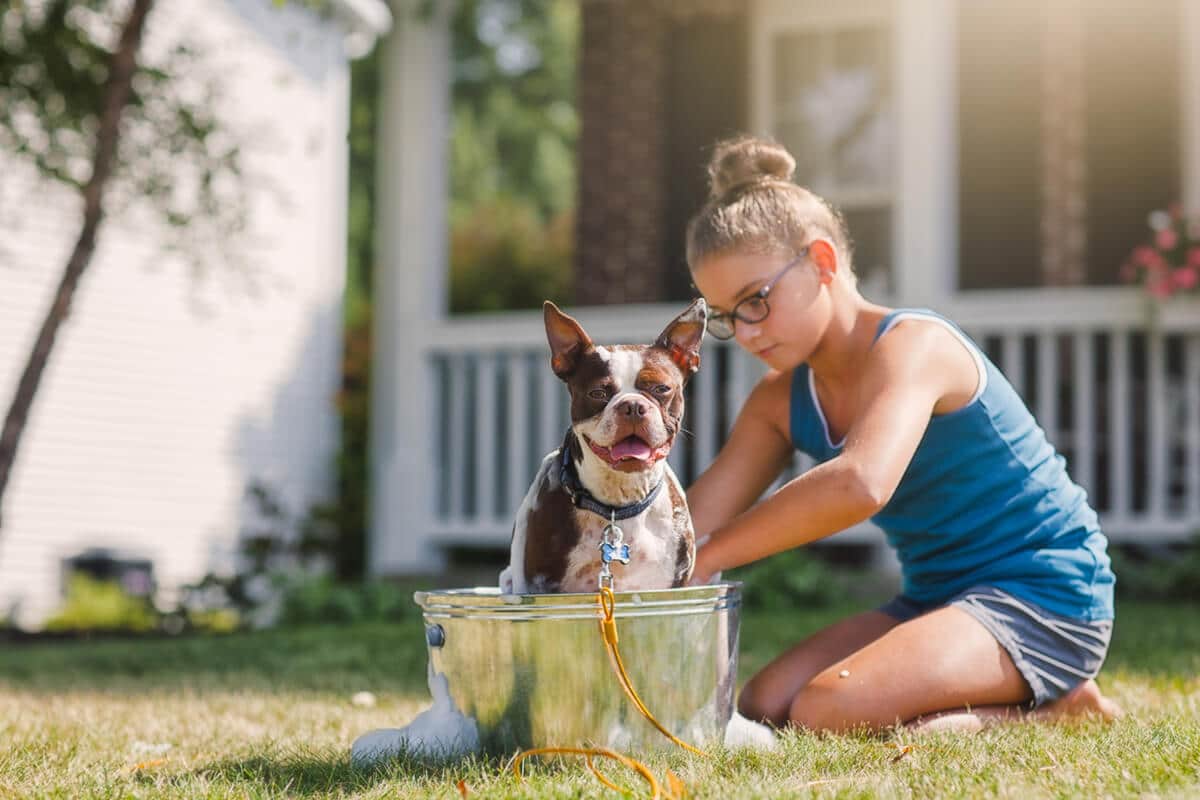
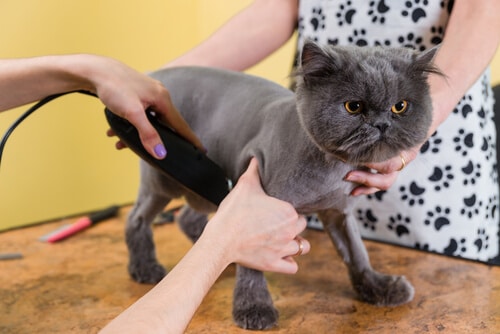
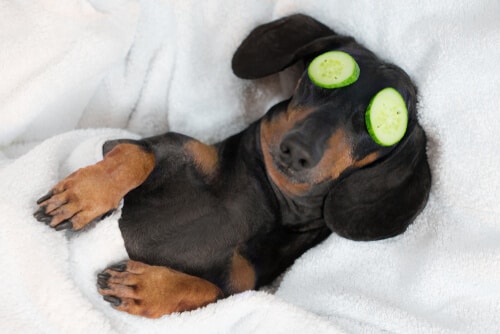
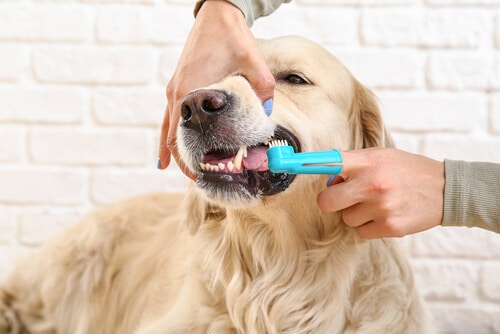
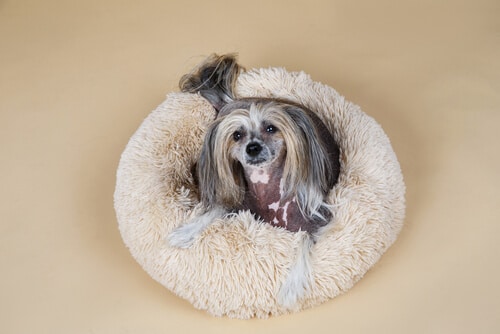
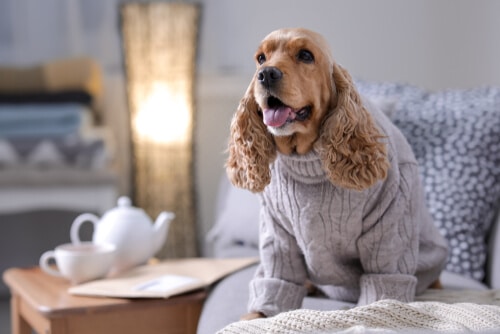
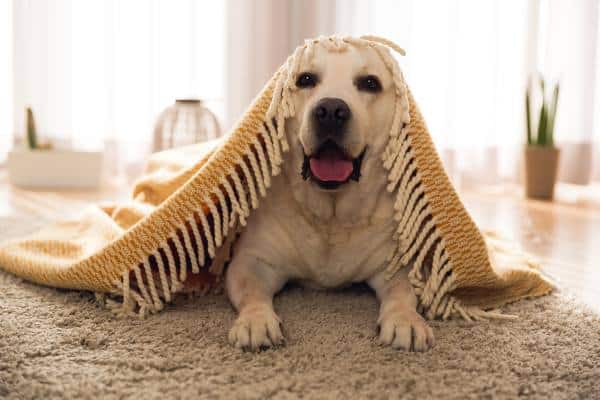
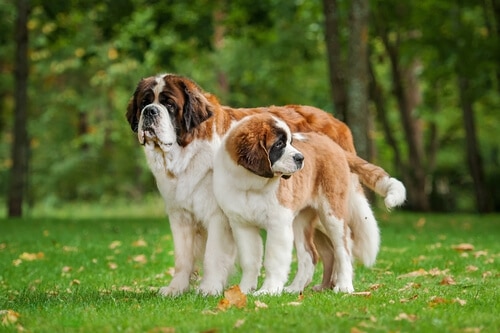
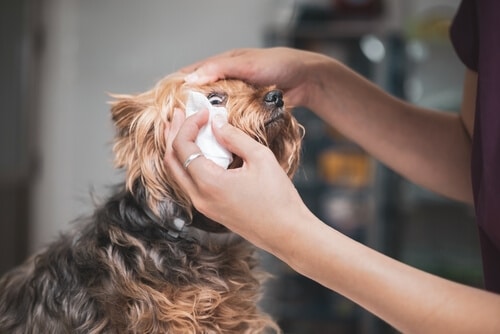
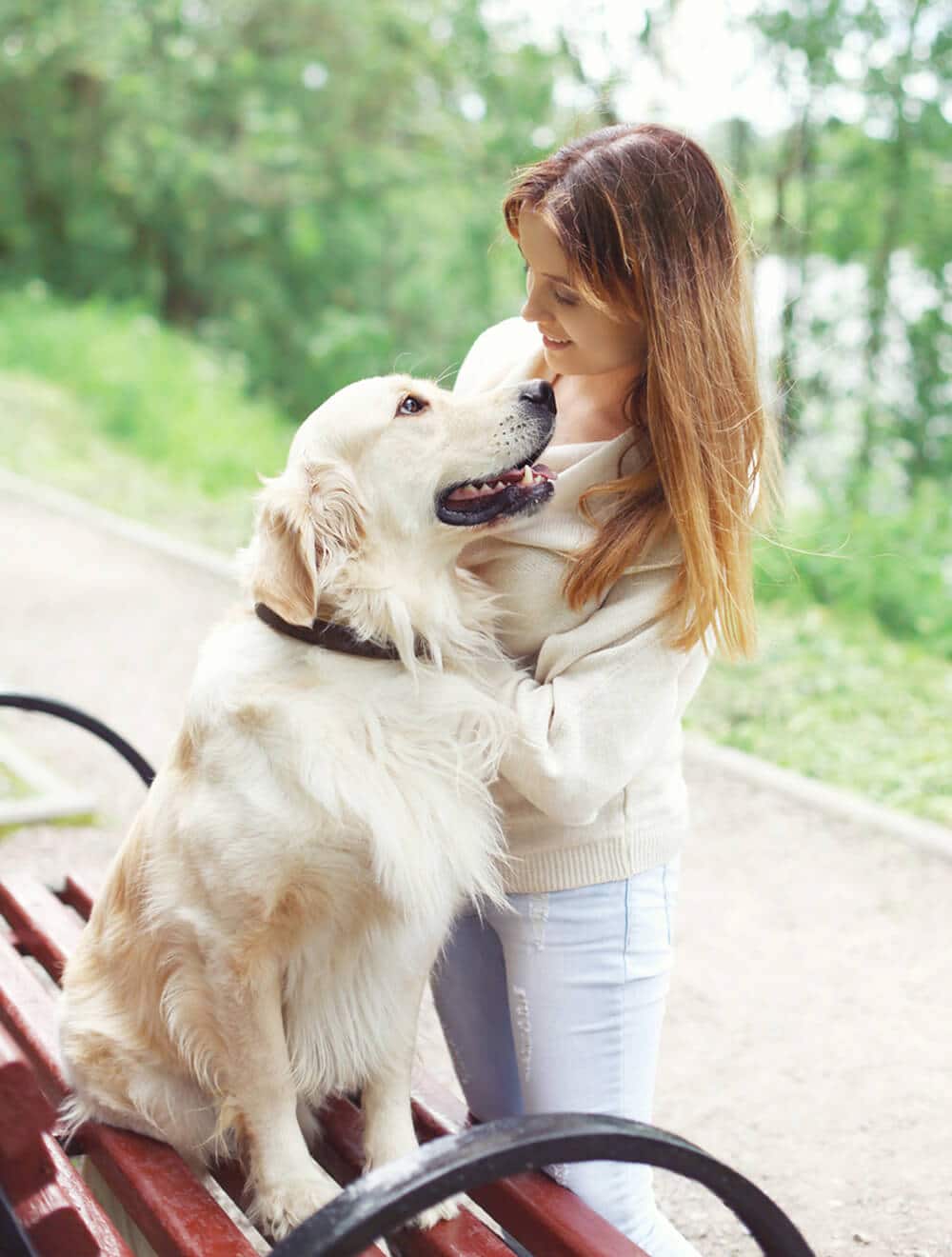
The general rule of thumb is to groom your dog as often as necessary to keep them healthy and comfortable. However, the frequency will vary depending on the breed of the dog. For example, short-haired dogs may only need to be brushed once a week, while long-haired dogs may require daily brushing.
Another factor to consider is whether your dog has any health problems that require special attention. Dogs with skin conditions, for example, may need to be bathed more frequently than other dogs. And all dogs benefit from regular nail trimmings and ear cleanings.
The answer may depend on who you ask, but generally speaking, dog groomers are not expecting tips. They may appreciate a kind word or gesture of thanks, but a tip is not necessary.
Of course, if you feel that your dog groomer has done an outstanding job and you would like to show your appreciation with a monetary gift, that is always welcomed. But please don’t feel obligated to do so.
And one last thing – when it comes to tipping, it’s always best to err on the side of caution. If you’re unsure whether or not to tip, it’s better to not do so than risk offending someone who doesn’t expect (or want) a tip. Dog grooming is an essential part of dog care. By keeping up with regular grooming, you can help your dog stay healthy and look his or her best. In addition to the benefits of good hygiene, grooming also provides an opportunity for you to bond with your dog and check for any potential health problems.
If you’re a first-time dog owner, the thought of grooming your pup may be daunting. But don’t worry – with a little patience and practice, you’ll be a pro in no time!
Here are some basic tips to get you started:
– First, choose the right brush for your dog’s coat type. There are many different types of brushes on the market, so it’s important to do your research before making a purchase. If you’re not sure which brush is best for your dog, ask your veterinarian or groomer for guidance.
– Second, make sure you have all the necessary supplies on hand before starting the grooming process. This includes things like shampoo, conditioner, towels, and ear cleaner.
– Third, create a relaxed environment for your dog. Grooming can be stressful for some pups, so it’s important to make sure they’re comfortable during the process. This may mean grooming in a quiet room with few distractions or playing soft music to help them relax.
– Fourth, start by brushing your dog’s coat thoroughly. Spend extra time on areas that are prone to matting, such as the belly and legs.
– Fifth, use shampoo and conditioner designed specifically for dogs when bathing your pup. Avoid using human products, as they can be harsh on a dog’s skin and coat.
– Sixth, make sure you rinse all the soap out of your dog’s fur before Toweling them off.
This is a common question that dog owners have. The answer depends on several factors, including your dog’s coat type, activity level, and whether he has any skin conditions.
If your dog has a light-colored or short coat, you may only need to bathe him once every few months. However, if he has a thick or long coat, you’ll probably need to bathe him more often – about once a month.
Active dogs who play outside often will also need more frequent baths – especially if they roll in mud or get dirty frequently. Dogs with skin conditions may require special shampoo prescribed by your veterinarian and more frequent bathing.
Consult with your groomer or veterinarian to determine the best bathing schedule for your dog. And always use a high-quality dog shampoo to avoid drying out his skin.
When bathing your dog at home, start by brushing him to remove any mats or tangles. This will make the bathing process much easier and help avoid painful pulling on his coat. Next, wet your dog down with warm water – being careful not to get water in his ears. Apply shampoo starting at the head and working your way back. Avoid getting soap in his eyes, nose, and mouth. Rinse thoroughly until all traces of soap are gone. Finally, the towel dries him and brushes his coat again.